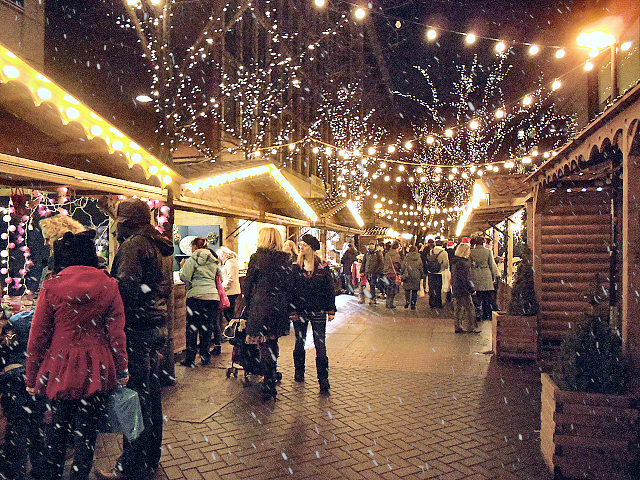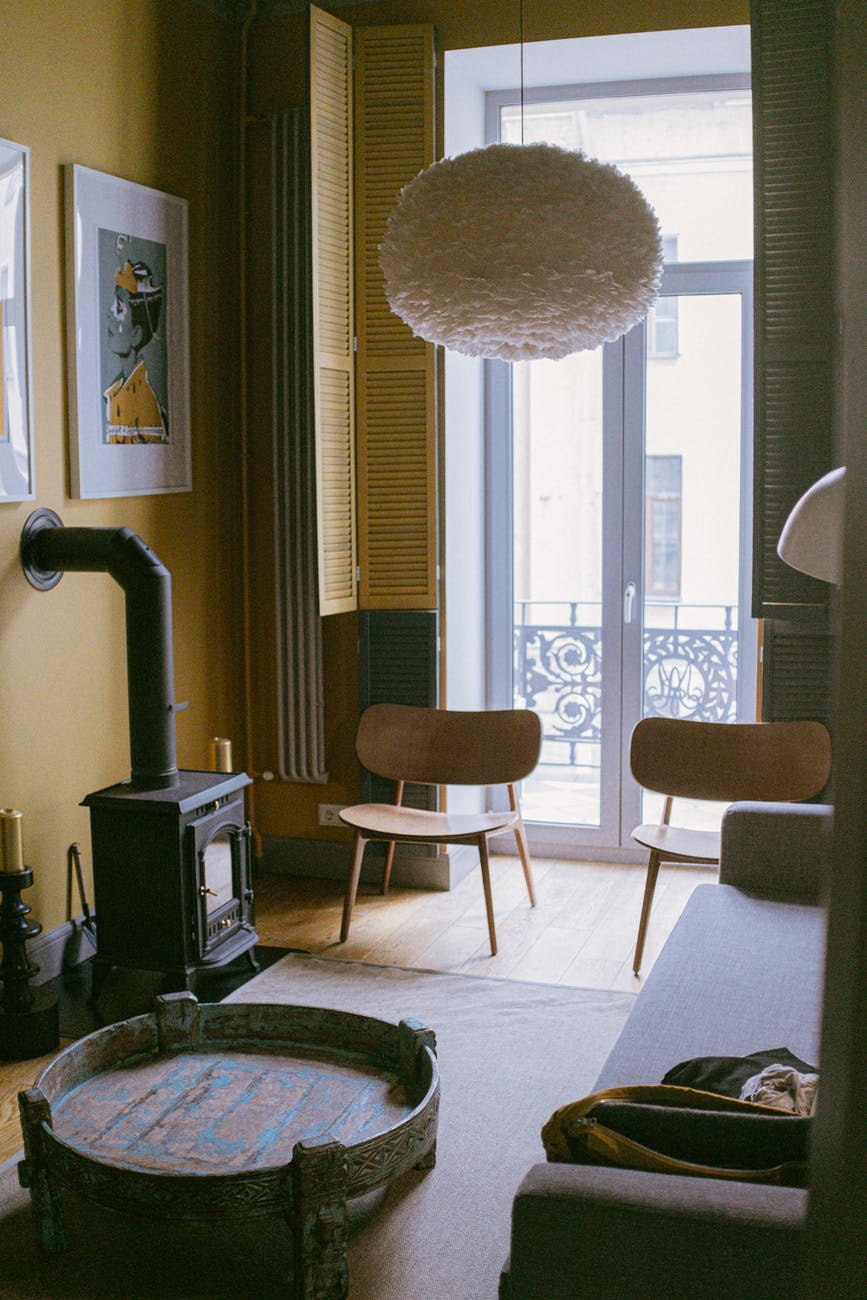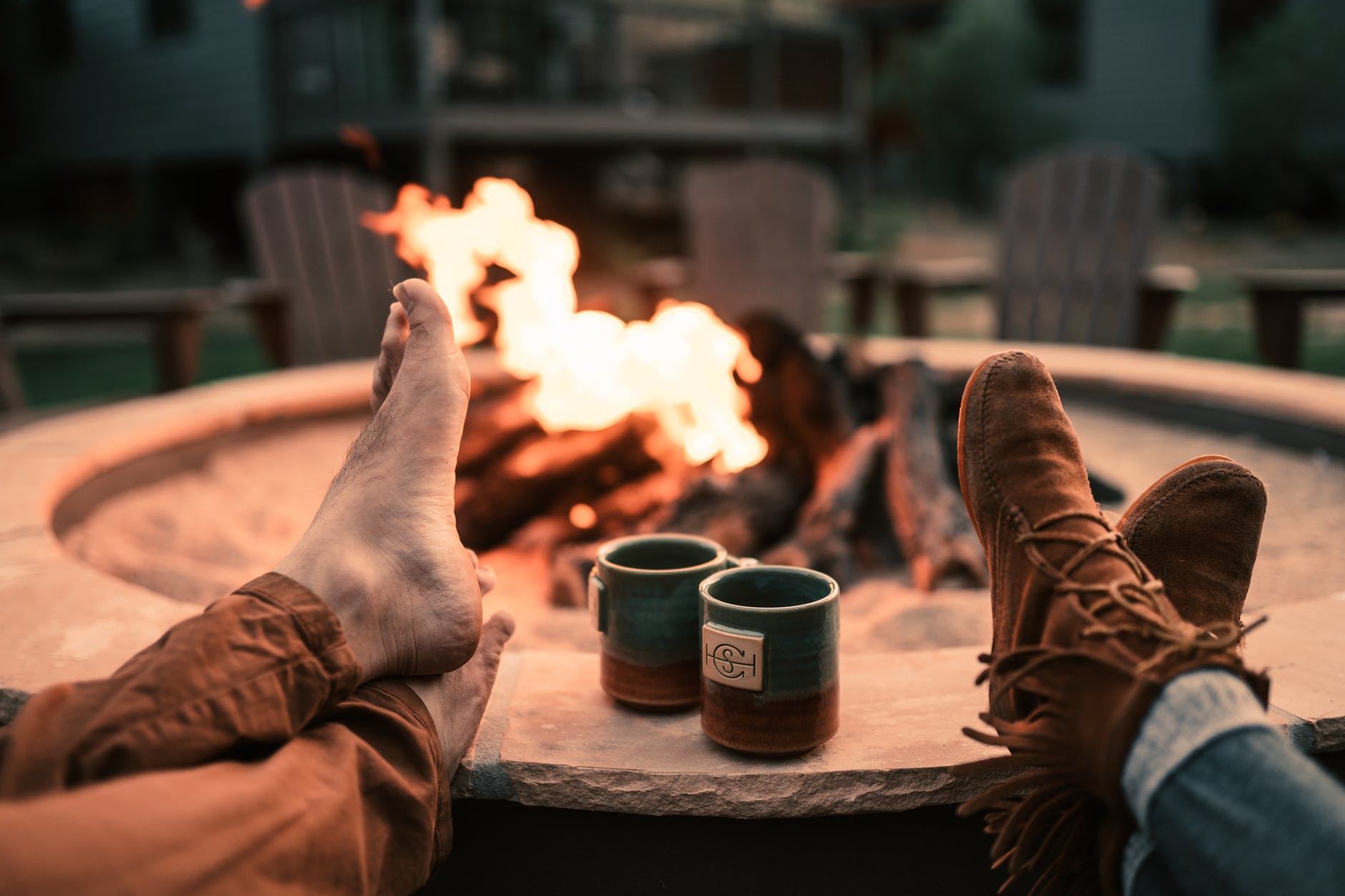I came across a report called the World Happiness Report 2020. Yes, believe it or not, there is a report for measuring the happiness of the citizens of a country! Every year since 2012, the United Nations has been publishing The World Happiness Report, which ranks 156 countries. The happiness being measured here is from the context of life satisfaction and subjective well-being of a citizen in a country.
I noticed that at least 3 out of 5 Nordic countries have been in the top 5 countries of the World Happiness Report ranking since 2012 (inception of the World Happiness Report) and all the 5 Nordic countries have been ranked in the top 10 in all the years since 2013.
Here are the Nordic Countries for reference (in no particular order):
- Denmark
- Norway
- Sweden
- Iceland
- Finland
Discussion on the factors used to rank the countries in the World happiness Reports is for another article. But in my research about the Nordic countries, one of many reasons for their happiness caught my eye, and it is called HYGGE. The first time I saw this word, I pronounced it as Haiga, turns out, it is native to the Danish culture/lifestyle in Denmark and it is pronounced as “hue-guh”.
Though the word Hygge originated in the Norwegian Language (Norway), the Danish people have internalized it in their very culture and is central to their lifestyle.
So, what is this Hygge really?
Hygge does not have a single, sure shot definition. It is vaguely described as well-being, a feeling of coziness, comfort & togetherness. Hygge is more like a feeling than just a word. Like being happy and experiencing joy & pleasure, Hygge is also a feeling & a mental experience. The Danish people have made this to be part of their culture and practice it in their daily lives.
Hygge is best described with a short scene:
“Imagine that you are in a snowy hill station with four of your friends. It is moderately snowing at dusk and it is -4⁰C/25⁰F at around 7 pm. Everyone is packed in their cozy woollen clothing with sweaters, scarves & jackets. As you all walk back home together from a marketplace, you notice the whole street is decorated with lights and stars because it is the week leading up to Christmas. There is no other place you would want to be because you feel a sense of belonging among your friends and the atmosphere is welcoming.

As you walk, you come across a beautiful bakery with an aromatic smell of bread and coffee flooding the street. So, you all decide to walk in, buy a sizeable cake & some cookies for later. You continue to walk back home, chit-chatting.

After reaching home, one of your friends sets up the fireplace, one of them arranges the seats around it, one is brewing hot coffee for everyone and another friend is helping you cut the cake in pieces and place the cookies on a plate. Everybody is contributing to the chores. There is a sense of harmony and truce in the air. The lights are dim and candles are lit, apt for the feeling of warmth inside, opposing the chilling weather.

You all sit in front of the fireplace, getting comfortable in your knitted woollen socks and sweater, sipping the hot coffees, and eating your favorite cake and cookies bought earlier. The phones are shut and away. You all talk about life in general, there is no drama and politics is at bay, nobody dominates and takes centre stage while speaking, everybody is equal. There is mild music playing on the speakers while you all play a board game in the moment. You are listening to the crackle from the burning firewood. There is a feeling of gratitude and togetherness in the air. You have never been so present in your life.”
Every single component in this story represents Hygge. It includes four basic things, the atmosphere, the food, the people, and the right mentality.


- Hygge Atmosphere – It is all those materials that amp up the aesthetics and create the hygge ambiance (including clothing), starting with the dim lights, candles, comfy pillows, blankets, knitted socks/sweater/scarfs, fireplace, plants, minimal home decor and so on that makes you feel safe, warm and content.

- Hygge Food – It is the comfort foods that give us simple pleasures like, cake, cookies, hot chocolate/coffee, sweets, soup, wine, and also the various local traditional food.

- Hygge People – Meik Wiking, CEO of The Happy Research Institute and the author of “The Little Book of Hygge – The Danish Way To Live Well”, says, “The best predictor of whether we are happy or not is our social relationships. It is the clearest and most reoccurring pattern I see when I look at the evidence on why some people are happier than others.”
From the previous article on this blog “Roseto Effect – How to be happy and stress-free”, we saw that the Rosetans lived long, happy and stress-free lives because of their natural habit of socializing day in and day out. The Rosetans had been, in a way, practicing Hygge as part of their culture without even knowing what it was. Socializing with the people is integral to being in the state of Hygge. Being with people just amps up the Hygge Quotient because you are sharing your space with someone you feel safe and are at ease.
- Hygge Mentality – It is basically the modest attitude among the people where everybody is equal and nobody is acting dominant in the gathering. Social status flies out the window and others are welcome into your comfort zone.
Hygge is about feeling content by experiencing simplicity with intentional interaction and gratitude. It is also about pausing from the fast-paced & hectic lives we live, taking a step back, and just appreciating what we have in the moment. Meik Wiking says in the book “It is giving the hot chocolate with whipped cream the attention it deserves. In short, indulgence. Hygge is about the now, how to enjoy and make the best of it”.
From looking at how Hygge is described, it seems like it is more of a concept of the winter, which it truly is. The Nordics, experience this feeling of being content and cozy in the dead winters. They make the already gloomy and dull winter more bearable. The Danes consider the Christmas month to be the most Hygge month in the whole year because of the extreme weather and the festive atmosphere.
From being in the Top 10 Words of the Year 2016 in Collin’s Dictionary to being famous for the winter lifestyle, Google agrees so about the keyword search patterns for the word “Hygge”:

The keywords are scaled based on popularity with 100 being high on popularity and 0 being the least popular, over time. It is evident that Hygge becomes very popular as a keyword search during the winter season in December and January every year since 2016 when people caught on to the trend of Hygge.
But, some of us have not experienced the bone-chilling winter season and live in the tropics or coastal areas, what does Hygge mean to them?
Hygge in the summers is simply the same winter Hygge without the chilly winter. The intent of getting together with people, being modest as an individual, and eating your favorite food, still stays integral to the feeling of Hygge. It is about going on a picnic at the beach or traveling to the nearest place for a short weekend trip with your family and friends. Just spending time talking, playing frisbee, board games, sharing all the food, and just reminiscing about old times.
It is just not about going on a trip with a jam-packed itinerary, it is about taking your time there. Hygge can also happen at home over a movie at the weekend with popcorn. Indeed, 70% of the Danes feel that home is where they feel the most Hygge and Meik Wiking calls home the Hygge Headquarters in his book because you can control the atmosphere but going out in the summers is just as Hygge.
There is way more to what Hygge is than just being able to cram the concept into an article. If you ask the Danish people what Hygge is, they would start and never end trying to explain what Hygge means to them because there is so much more about the lifestyle that it is not easy to explain all the nitty-gritty of the vast culture of Hygge.
Denmark & the Nordic countries among many other countries having a similar culture like Hygge are trying their best to keep the basic human culture of togetherness and contentment intact in the 21st century, we might as well jump on the train. 😊

